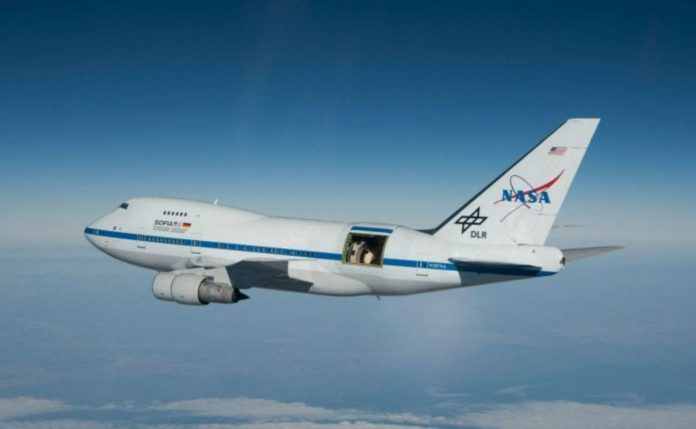An accurate assessment of the abundance of metals in the intergalactic medium — the space between stars – is necessary for a full understanding of galaxy history, but dust can obstruct measurements at optical wavelengths.
By analyzing infrared data collected over a multiyear campaign, an international team of astronomers from the University of California, Irvine, Oxford University in England, and other institutions discovered evidence of heavier elements in local galaxies, which had previously been found to be lacking in previous studies.
Scientists recently published a study on five galaxies that appear faint in the visible spectrum, but are trillions of times brighter in the infrared. When these galaxies and their neighboring star systems interact, gas moves around and collapses, creating the right conditions for a lot of new stars to form.
“Studying the gas content of these galaxies with optical instruments, astronomers were convinced that they were significantly metal-poor when compared with other galaxies of similar mass,” explained lead author Nima Chartab. “But when we observed emission lines of these dusty galaxies in infrared wavelengths, we were afforded a clear view of them and found no significant metal deficiency.”
Because infrared emissions from these elements are less masked by cosmic dust, astronomers sought data on the ratios of proxy, oxygen and nitrogen, to establish the abundance of gas-phase metals in the intergalactic medium.
“We are looking for evidence of baryon cycling in which stars process elements like hydrogen and helium to produce carbon, nitrogen and oxygen,” noted UCI professor of physics and astronomy Asantha Cooray.
“The stars eventually go supernovae and blow up and then all of that gas in the outskirts of the stars gets turned into clouds that get thrown around. The material in them is loose and diffuse but eventually through gravitational perturbations caused by other stars moving around, the gas will start to clump and collapse, leading to the formation of new stars.”
Observing this process at infrared wavelengths is difficult for astronomers due to the fact that water vapor in the Earth’s atmosphere blocks radiation on this portion of the electromagnetic spectrum, rendering measurements from even the highest-altitude ground telescopes – such as those at the Keck Observatory in Hawaii – insufficient.
The researchers used data from the now-defunct Herschel Space Telescope, but Herschel lacked a spectrometer capable of measuring a specific emission line that the UCI-led team required for their research.
The Stratospheric Observatory for Infrared Astronomy, NASA’s Boeing 747 equipped with a 2.5-meter telescope, took to the skies – reaching more than 45,000 feet above sea level – as the researchers’ solution.
“It took us nearly three years to collect all the data” as “these flights don’t last all night; they’re more in the range of 45 minutes of observing time, so the study took a lot of flight planning and coordination,” added Cooray.
By looking at infrared emissions, the research team was able to compare the metallicity of their target ultraluminous infrared galaxies with less dusty galaxies with similar mass and star formation rates. These new findings reveal that ultraluminous infrared galaxies follow the fundamental metallicity connection governed by stellar mass, metal abundance, and star formation rate, according to Chartab.
According to the paper, the new data also suggest that the lack of metals obtained from optical emission lines is likely owing to “heavy dust obscuration associated with starburst.”
“This study is one example where it was critical for us to use this infrared wavelength to get a full understanding of what’s going on in some of these galaxies,” Cooray added.
“When the optical observations initially came out suggesting that these galaxies had low metals, theorists went and wrote papers, there were a lot of simulations trying to explain what was going on.
“People thought, ‘Maybe they really are low-metal galaxies,’ but we found that not to be the case. Having a full view of the universe across the whole electromagnetic spectrum is really crucial, I think.”
Image Credit: Getty
You were reading: Infrared Emissions Expose Secrets Hidden To Optical Waves
